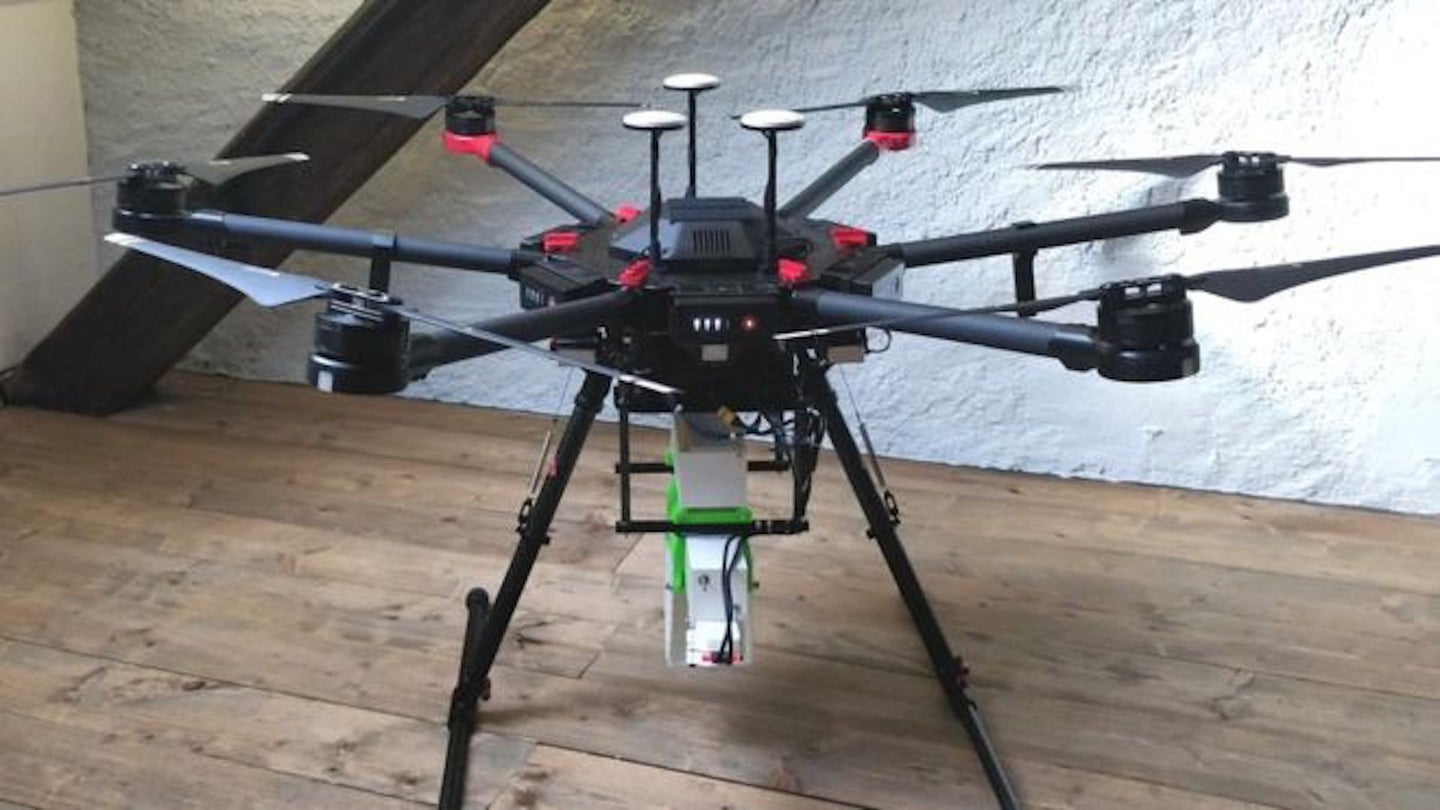Mosquito-Deploying Drones Could Combat Diseases
WeRobotics is developing mosquito-deploying drones to combat disease such as Zika, with trial-testing planned for South America in 2018.

Drones that deploy swarms of sterile mosquitos are being developed by WeRobotics, in order to curb the overall population of disease-ridden mosquitos. How, exactly, does this help reduce the number of potentially life-threatening insects? The angle of attack here is actually quite clever. According to the BBC, sterile male mosquitos cannot reproduce with their female counterparts. Essentially, scientists hope to increase the reproduction rate of sterile males with infected females, thereby effectively elbowing infected mosquitos out of the general population.
“Mosquitoes carry many diseases such as malaria, dengue fever and Zika virus. It makes them one of the biggest animal killers worldwide,” said Adam Klaptocz, co-founder of WeRobotics.
We’ve reported on bio-inspired drones before, such as the RoboBee or the AquaMav drone, but this is conceptually different entirely. These drones won’t be biomimetic, or used to infiltrate flocks of birds by appearing to belong. These mosquito-deploying drones are being designed to reach rural areas removed from traditional infrastructure such as roads. In other words, their mission would simply be to deploy and depart. Reportedly, trial testing will begin in 2018.
You might think that traditional population control of insects such as continuous poisoning has worked well enough, and that designing drones to combat this issue goes a bit overboard. But WeRobotics counters that notion quite directly. “There are lots of methods to control mosquito populations, fumigation, insecticide, but they all have downsides. Insecticide is not good for the environment and needs to be constantly deployed,” said Klaptocz.
Klaptocz added that the idea of using sterile insects to manage population growth has been a popular strategy for quite some time, now. According to the BBC, scientists traditionally carry backpacks and navigate the affected territories on foot, deploying the sterile insects manually. But this takes time, and requires multiple manual deployments over a wide swath of land. Utilizing drones to zip from one location to another seems like an entirely logical and effective substitution, which is why international aid organizations approached WeRobotics for help. “A lot of places where these diseases exist are also places where roads do not exist. The drones could spread the mosquitos where there are no roads,” explained Klaptocz.
The transportation of these fragile insects is being conceived of quite cleverly. Reportedly, the mosquitos are first put into hibernation by cooling them to a temperature between 4 to 8 degrees Celsius. This keeps them in stasis, awakened only once the rotating insect-chamber fitted to the drone tumbles them into a holding chamber with normal temperatures. Once they wake up, they instinctively escape through the holes of that chamber.
Here's what that contraption currently looks like.
Klaptocz is anticipating an understandably paranoid reaction by locals to a technology firm deploying swarms of mosquitos through flying robots. He explained that “Community engagement is also a key part of the release campaign. We may be spreading mosquitos in areas where they are seen as a vector of death. We need to speak to the local population before a single mosquito is released.” According to the BBC, Klaptocz hopes to combat Zika before any other virus, with plans to trial-test this new technology in Latin America next year.
